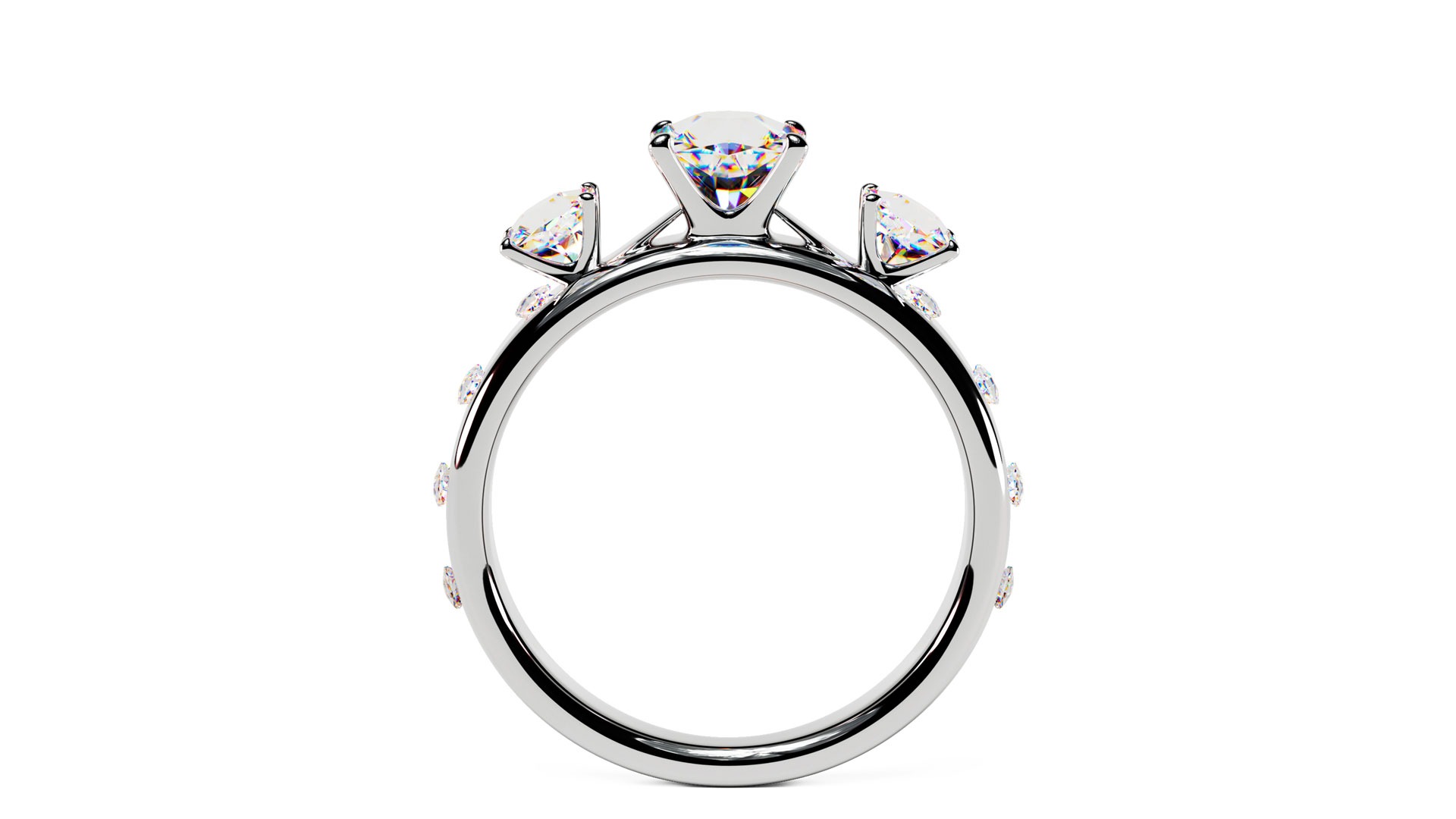How Much Is A Rick Of Wood? Firewood Prices
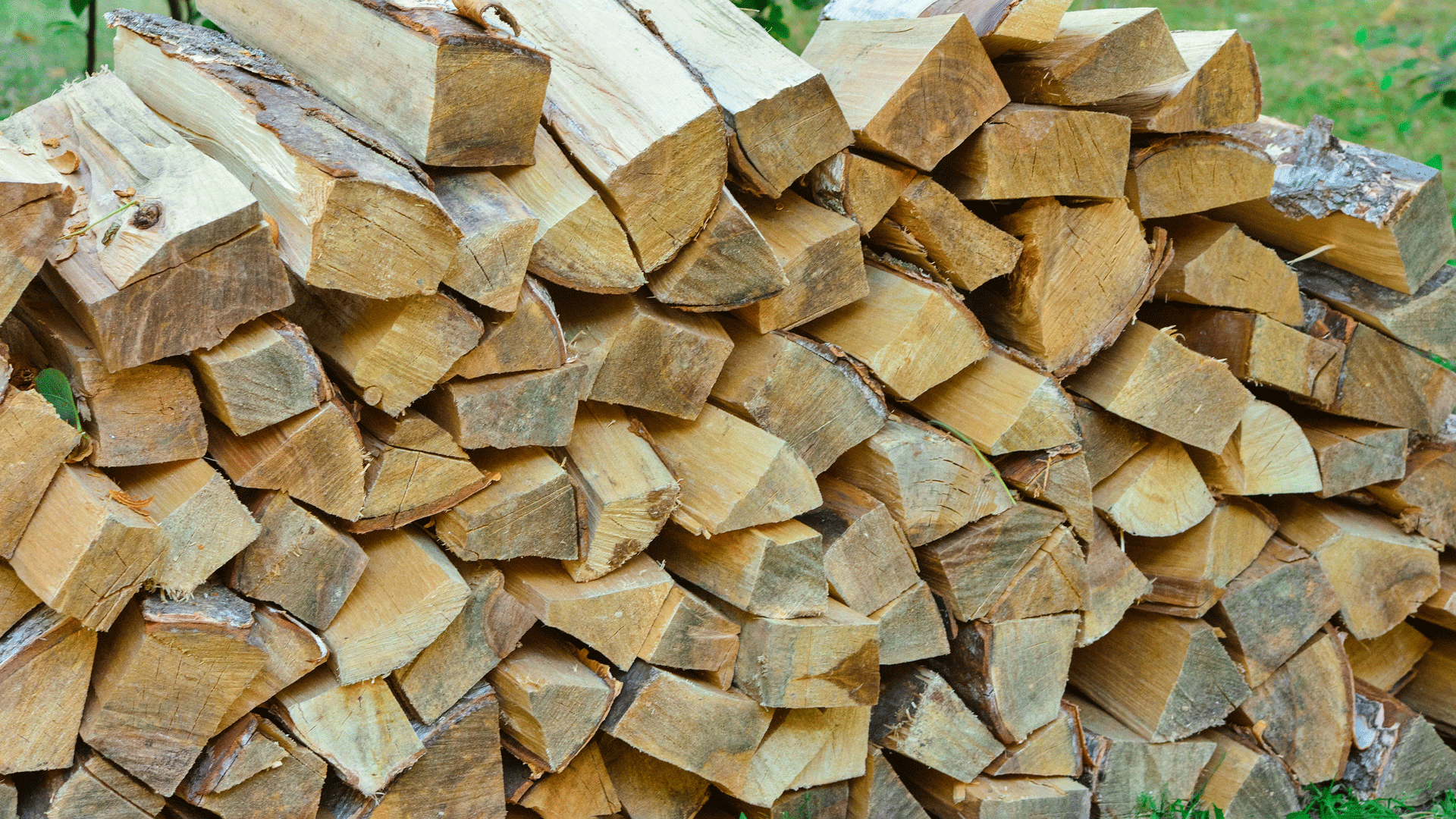
Have you ever wanted to buy wood for a cozy fire but got confused by terms like “rick” or “cord“? If you’ve ever wondered about these terms or pondered questions like “How much is a rick of wood?” or “What’s the difference between a rick and a cord?” you’re in the right place.
Read on to find the answers to all your burning firewood questions.
What Is a Rick of Wood?
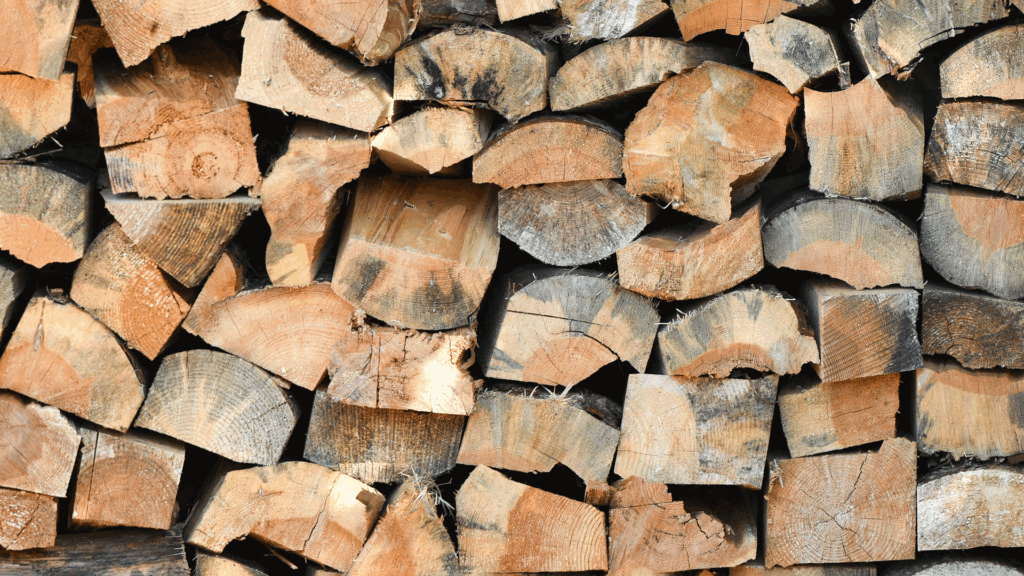
A “rick” of firewood is a regional unit of measurement (4’x8′). It also refers to a style of stacking (crisscrossed ends), which can be referred to as “ricked” or “ricked up.” The wood is stacked in a row 4′ tall and 8′ long. The thickness or depth of a rick of wood depends on how long the pieces are cut.
How Much Does A Rick of Wood Cost?
A rick or face cord of wood can cost between $120 and $200 on average, depending on whether it’s premium hardwood or softwood. However, several factors can influence the cost.
Let’s dive into some of them:
The kind of wood
There are two main types of firewood –
Hardwoods: like oak or maple, burn longer and hotter, making them more desirable for fires.
Softwoods: Softwoods such as pine or cedar, tend to burn faster and more relaxed. Because of this, hardwood generally costs more than softwood.
Seasoned Wood or Green Wood
Wood comes in two conditions – seasoned or green. Seasoned wood has been dried and is ready to burn, while green wood still contains moisture. Seasoned firewood is more efficient for burning, so it often comes with a higher price tag.
Availability
The ease of obtaining firewood can affect its cost. If wood is plentiful in your area, you might pay less. However, you may find higher prices if it’s scarce or hard to transport.
Geographical Location
Where you live plays a big role in wood prices. In regions where local firewood is a common heating source, prices may be lower. But in areas where wood isn’t as readily available, you could see higher costs.
Understanding Firewood Measurements & Costs
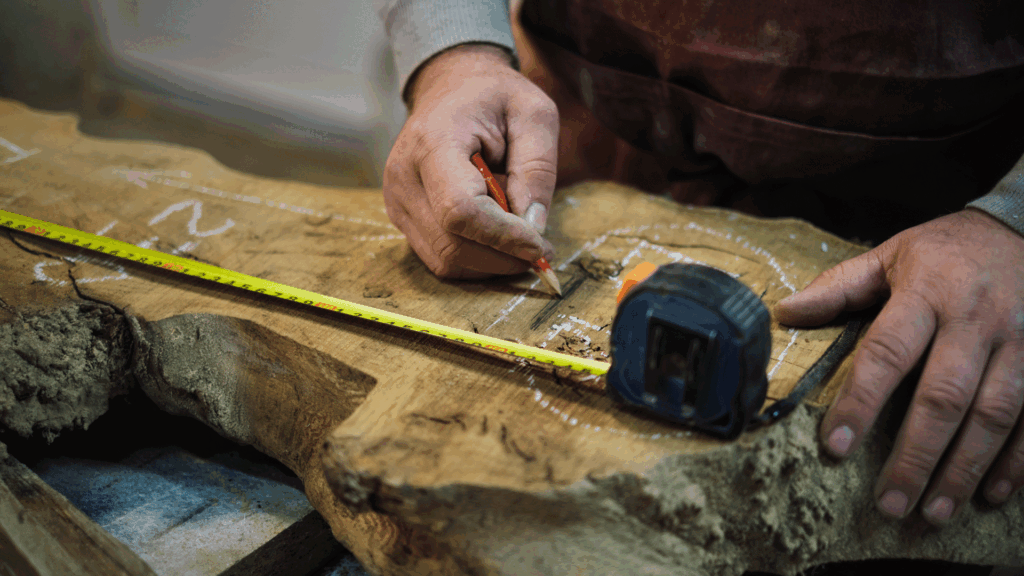
Historically, wood was measured in cords because the literal cord or string used to tie up the firewood was a standard length. In short, it was estimated how much firewood a chord could tie-up
Full Cord
A full cord is 128 cubic feet and costs around $120 to $900 per cord, depending on the type of wood, where you live, and what time of year you buy it.
If you burn wood frequently or use a wood stove to heat your home, you may want to consider buying wood by the full cord.
Half Cord
A half cord takes up 64 cubic feet (picture a four-by-four-by-four-foot stack) and typically costs $100 to $300. Professional woodcutters sell half cords in most parts of the country.
Face Cord
A face cord, also called a third or rick cord, costs about 42 cubic feet and costs $75 to $200. A “rick” or face cord is a regional unit of measurement (4’x8′)
Quarter Cord
A quarter cord is about 32 cubic feet and costs $50 to $125. These cost more per cubic foot than any other size.
Bundle
What many people traditionally think of when picturing firewood is a bundle of wood costs $5 to $15. There’s no standard measurement for a bundle, but it usually consists of no more than a few pieces of firewood and kindling.
Rick Vs Cord of Wood: What’s the Difference?
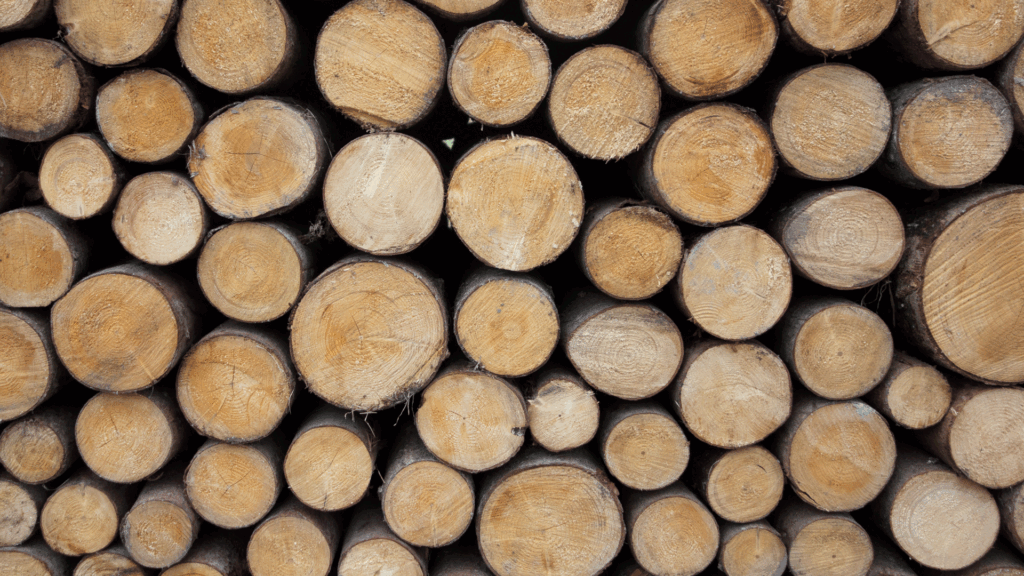
Hearing different terms like “cord” and “rank” being used to describe wood may lead you to believe that these are different units of measurement. The truth, however, is that they are the same with the only difference being size.
The table below shows it.
| Aspect | Rick | Cord |
| Length | 4-foot | 4-foot |
| Width | 8-foot | 8-foot |
| Depth | 16- to 18-inch | 4 feet |
Purchasing Firewood
An average home that requires firewood for heating during the entire winter may use between 3 to 5 full cords of firewood. However, it’s more common to buy firewood by the rick, as buying by the face cord, allows for a lower initial outlay and the flexibility to buy more as needed.
Moving Your Stack of Wood
If you’re planning to buy a stack of firewood, it’s essential to think about the best way to get it back to your place.
There are a few options depending on availability and budget. Let’s explore some of them.
Pickup Truck or Trailer
If you have a vehicle that can handle the load, this can be a cost-effective way to move a good amount of wood. Make sure to secure the wood properly to prevent any pieces from falling out during the trip.
Considering Delivery Options
Another option is to have the wood delivered directly to your home. Many wood sellers offer “firewood delivery” services for an additional fee.
Be sure to ask the seller about delivery charges and compare them with other sellers to get the best deal.
Choosing a Local Seller
It’s a smart move to buy from a local wood seller. Not only does this often reduce delivery costs, but it also supports the local economy.
By considering these points, you’ll be able to make an informed decision on how to bring your firewood home safely and economically.
Storing and Taking Care of Your Firewood
After purchasing, start stacking the wood; it’s essential to store it correctly to maintain its quality. Properly stacking your firewood allows air to circulate, speeding up the drying process for green wood and keeping seasoned wood dry.
A well-stacked rick also takes up less space, and believe it or not, it can be quite satisfying to see a neatly stacked pile of firewood ready for the winter!
Now You Know Every Thing About Rick of Firewood!
Now you know all about a rick of wood, how to measure it, and how much wood you’ll need to stay warm. With this knowledge, you can make sure you’re getting the best value and enjoy your warm, crackling fires even more!

